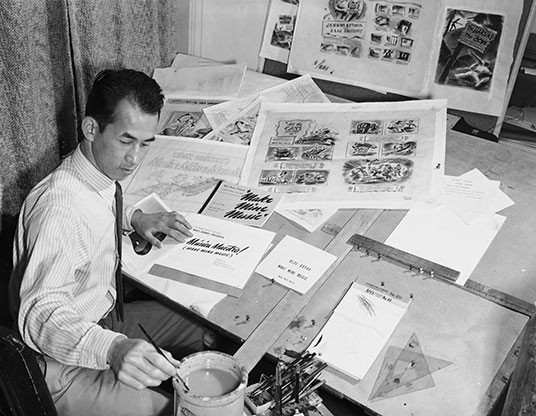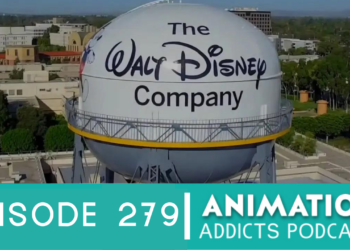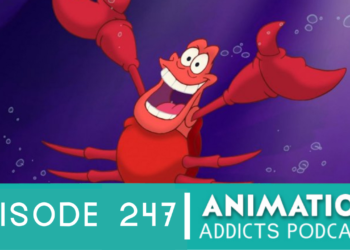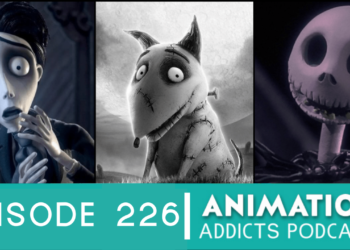** This is an anonymously user-submitted post. **
About a year ago, animator Tom Bancroft announced via Twitter that Disney was making significant cuts to its animation department, which included the sacking of some of the company’s most celebrated and talented 2D animators like Nik Ranieri, Ruben Aquino and Russ Edmonds, to name a few. According to a guild of Disney execs, including chief creative officer John Lasseter, it was no longer financially viable to continue to make 2D animated films and that they were “no longer part of Disney’s game plan.” So when the company that created the animated feature film decides it’s not going to make anymore hand-drawn animated films, what does that mean for the medium’s future in general?
There is no doubt that computer-animated films have become the dominant predator in the animation world in the last twenty years. Ever since its advent in the 1995 film Toy Story, audiences have grown attached to the added dimension that CGI animation provides. And don’t get me wrong, CGI animation is wonderful! It can give a greater sense of depth and realism to a creative vision, often making the impossible that much more believable. But is it this added dimension that has pushed hand drawn animation to a more kitsch part of the filmgoer’s mind? Well, let’s explore that.
Wind the clocks back twenty five years: 1989. The Little Mermaid is released to worldwide praise and record-breaking numbers! With the first film to spark revitalization in the public’s interest in animation, we have what would also begin what is considered Disney’s Renaissance. Among these early films, as I’m sure you know, are Beauty and the Beast, Aladdin and The Lion King. Along with these movies came a barrage of awards, accolades and instant fame for a studio that was, five years earlier, on its way to being shut down. Then we get to 1995: Disney releases Pocahontas expecting its greatest success to date. But unfortunately, it was met with mixed reviews instead. The same year, Toy Story was released to overwhelming praise for both its vast technical innovations as well as its clever and original writing. It’s debatable on whether this was the beginning of the end for 2D animation.
But one thing I’ve noticed is that from 1995 to about 2010, Pixar was on a raging rampage of success with films like Finding Nemo, The Incredibles, Ratatouille and Up. Pixar was an anomaly in that they had NEVER tasted failure before. In fact, all of its films were widely considered to be near perfection and they just got better and better. During that time, Disney was still producing 2D films that were not as successful as its previous works (Hunchback, Hercules and Tarzan). In my opinion, Pixar’s CGI movies were so good that Disney’s 2D movies got pushed to the back burner. And while Disney was making good money with its films, they still weren’t making Pixar money and therefore deemed unsuccessful.
I’m sure it was a number of other contributing factors that led to the demise of Disney’s 2D animation department, but the question remains: is the hand-drawn animated feature a dead art form? Maybe yes when it comes to the Disney, but traditional animation continues to thrive in more unconventional places. French animator and director Sylvain Chomet has produced some incredibly striking and highly original films such as The Triplets of Belleville and The Illusionist. And of course Studio Ghibli in Japan is still producing very imaginative hand drawn films as well. But as far as general audiences in the Western hemisphere go, these films are still considered a special interest for the animation addicts of the world.
So will we ever see as much resurgence or interest in 2D animation as we once saw during the Disney Renaissance 25 years ago? I for one hope so. There are so many more possibilities yet to be unexplored in the medium; depths and complexities of character animation yet to be put to paper and illuminated where they were meant to be seen; the silver screen.
Image: D23





![[OPINION] 10 Heartwarming Animated Adverts to Watch This Holiday Season](https://www.rotoscopers.com/wp-content/uploads/2021/12/Picture61-350x250.jpg)
